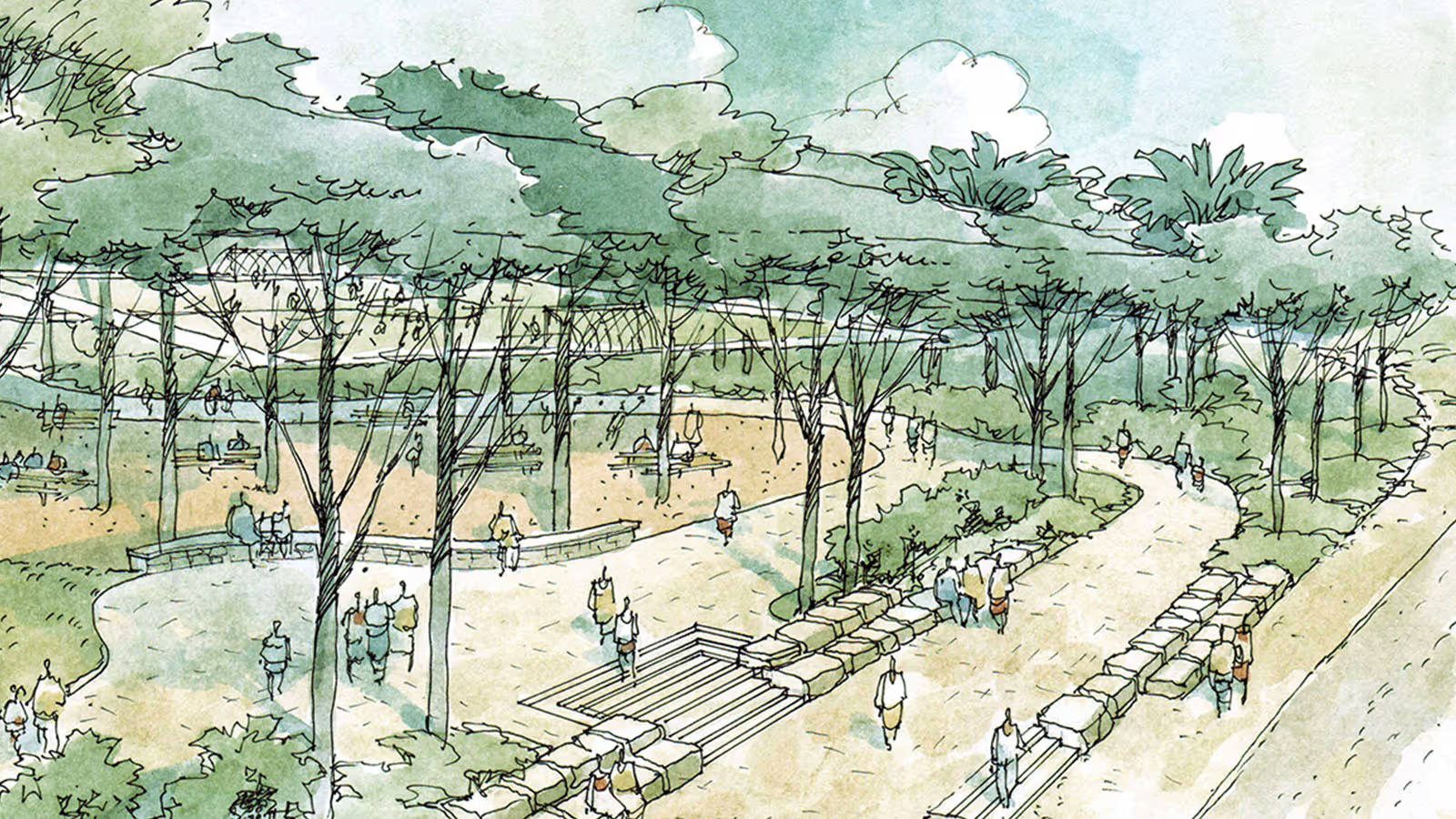Being a landscape designer, I understand the importance of including public spaces in architectural designs.
However, many cities are still missing out on the value landscape architecture adds to buildings and office structures. This is because they’re probably unaware of the identity and uniqueness each space brings to the community.
Today, public outdoor spaces are created to transform a regular building into a beautiful housing community. But it’s not just about the appealing architecture of the neighborhood. While walking to school, work, or playing in parks, routine pedestrian visits add layers of economic, social, and ecological value to the project along with numerous benefits.
In this article, I discuss the value and benefits public spaces bring to architectural projects. Before diving into the depth of the topic, I’d like to take you through the evolution of landscape architecture.
Evolution of landscape architecture
New Age architects are attempting to crawl out of the non-pedestrian oriented designs of the 20th century. For this, they’re utilizing sleek materials and rigid lines to create appealing and valuable architectural plans through the inclusion of semi-public/private spaces.
This is done by incorporating landscape architecture into residential and commercial buildings, which, in turn, adds uniqueness and identity to the neighborhood. In fact, seeing the value of these innovative spaces, the government is now offering funding and rebates to upcoming projects.
Today, public spaces are part of people’s daily urban life. You can identify these areas as outdoor leisure centers that have been created to optimize the yield provided by nature itself. That being said, it’s time I take you through the value and benefits landscape architecture brings to architecture.
Economic value of public spaces
Public spaces designed hand-in-hand with buildings not only serve as an extension of the architectural plan, but they also provide economic value to urban centers. The presence of parks, gardens and other well-designed public spaces in neighborhoods act as vital marketing tools that attract investments.
Consequently, companies are drawn to such locations, which, in turn, attract customers and employees. In fact, good landscape architecture enhances the local economy by increasing house prices. And with more buyers willing to pay for green community housing, the real-estate industry flourishes.
Ecological value of public spaces
It’s a known fact that the reduction of green spaces leads to a rise in temperatures in cities and towns. This is often referred to as the ‘heat island effect.’ However, trees, vegetation and wildlife in urban public spaces can help restore ecological imbalances.
Hence, the blend of landscape architecture with commercial or residential architecture brings environmental benefits related to the cooling of air and the absorption of atmospheric pollutants. It also provides an opportunity for people to be closer to nature.
Social value of public spaces
In my opinion, public spaces are designed to form a community by bringing people together, irrespective of their ethnic origin, age, or gender. They serve as a common ground that fosters social ties, which were formerly disappearing in urban societies. Moreover, these spaces shape the cultural identity of a neighborhood to provide a sense of uniqueness to the local community.
Physical and mental health benefit
Lack of outdoor activities and sedentary lifestyles lead to obesity and various health issues. In fact, the absence of exercise among young adults and children also increases the risk of heart attacks and diabetes. Therefore, access to public spaces is the need of the hour since that encourages you to walk more, play, or simply enjoy nature’s greenery.
As a result, housing communities with landscape architecture act as powerful weapons against ailments and obesity. That’s not all; you can also count on your area’s landscape to improve mental health by coping with stress and anxiety.
Benefits for children
Children need recreation for overall development. And public spaces play a crucial role in enhancing cognitive skills such as language and comprehension, moral understanding and social skills acquisition. How? It’s simple! They provide kids with outdoor areas - to play and enjoy the natural environment.
In fact, well-designed and well-maintained playgrounds and parks offer them opportunities for fun, exercise, and learning. In other words, landscape architecture tackles issues of urbanization by providing sufficient playtime to children amidst the greenery of nature.
Landscape architecture adds security to architect
These days, the fear of crime is growing at a faster rate than crime itself. As a result, it’s deterring people, especially women and children, from using the spaces outside their residential community, including parks, street, and squares.
That said, landscape architecture serves as an extension to the society, providing its members with a secure outdoor space within their safe haven. Hence, they overcome particular concerns and fears related to crimes, making most of these areas.
Now, safety doesn’t only pertain to thefts, muggings, or assaults. Movement by bus, motorbikes, cars and other modes of transport often lead to accidents, which can be circumstantially fatal.
But you need not worry about these factors when it comes to public or private spaces as they encourage walking and cycling. Consequently, landscape architecture makes the environment near home safer for shared use by residents and pedestrians.
In conclusion
Without a doubt, landscape architecture adds identity to architecture, making the area valuable in various aspects. For this, urban designers understand and analyze the natural features of the site for optimum utilization.
As such, they create public spaces in and around residential or commercial buildings for pedestrians to enjoy. Serving as a common ground for social interaction among individuals of all age groups, the architectural extension ensures social, economic, and environmental value to the community.
That being said, as more buildings are designed in line with their surroundings, society is expected to flourish. And through careful planning and design, landscape architecture is bound to gain immense popularity in the near future.


